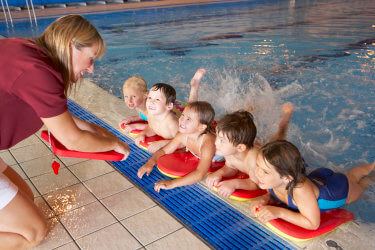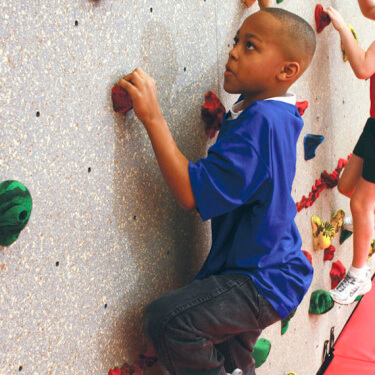(3 Minute Read)
Although Physical Education (PE) specialist teachers have acquired in-depth knowledge about teaching PE, this is not so common for generalist-trained teachers (GTs). Even when elementary schools do employ a PE specialist, it is quite common for GTs to teach at least some of the PE classes to their students.

Unfortunately, according to related literature, although GTs are certified to teach PE, they may not have acquired the confidence to teach specialized subject knowledge (DeCorby, Halas, Dixon, Wintrup, & Janzen, 2005; Bradford, Gleddie, & Millard, 2019; Rink & Hall, 2008). This is further compounded as teaching PE is mainly a dynamic process (Bradford & Hickson, 2014; Metzler, 2011) and teachers must rely on immediate observations of student performance to decide what to do next (Metzler, 2011; Rink & Hall, 2008). However, GTs can enhance their teaching by creating opportunities for positive learning. Such positive learning environments require a knowledgeable teacher to understand when it is best to implement the use of positive language and incorporate objectivity. Thereby, creating opportunities for a safe and positive environment where student learning is enhanced.

To support GTs in their understanding of teaching PE, here are three tips for effective PE programming.
- Scanning the Room…Creating Sightlines: When compared to other subject areas, the PE environment is vastly different from a regular classroom. For example, equipment tends to be larger, can be climbed upon, even thrown or kicked, and in many cases, students are actively encouraged to be moving at speed. Therefore, teachers must constantly scan the learning environment to ensure students are adhering to the procedural expectations set for the lesson. Ensuring clear sightlines is critical to the successful supervision of the gymnasium or the playing area.
- Positive Communication: Although PE lessons occur where the talk and general noise is more common, appropriate, and acceptable than in a regular classroom, teachers must remain conscious of non-meaningful noise and derogatory comments. Unwarranted noise (e.g., laughter) can mean that important learning points or safety warnings are not heard or that students are teasing the performance of others. Whereas, derogatory comments harm a student’s personal well-being. Ensuring that all students are taught in a physically and emotionally safe environment is vital. Dangerous actions and exclusionary language or making fun of the physical performance of others are examples of issues that teachers must remain aware of and treat as unacceptable.
- Focus on Feedback: When all students engage in physical activity, teachers must constantly provide positive and specific feedback. Stating a “good job” is not sufficient for a student who is unable to see their own performance. However, adding phrasing such as “I like the way you stepped into that throw – very effective” is both positive, specific and encourages future performance.

Sharing these three exemplars with GTs could help further enhance their confidence and performance when teaching PE. This, in turn, can help the PE specialist and, most importantly, the student along their physical literacy journey.
References
Bradford, B., Gleddie, D., & Millard, C. (2019). The principal factor: A literature review juxtaposing the roles of elementary school physical education teachers and principals. Physical and Health Education Canada Journal, 84(4).
Bradford, B. & Hickson, C. (2014). Teaching Styles in Elementary School Physical Education: The Effect on Children’s Learning. The International Journal of Pedagogy and Curriculum, 20(3), 1-17.
DeCorby, K., Halas, J., Dixon, S., Wintrup, L., & Janzen, H. (2005). Classroom teachers and the challenges of delivering quality physical education. Journal of Educational Research, 98(4), 208-220.
Metzler, M, W. (2011). Instructional models for physical education, (3rd ed.). Scottsdale, AZ: Holcomb Hathaway.
Rink, J.E., & Hall, T.J. (2008). Research on effective teaching in elementary school physical education. The Elementary School Journal, 108(3), 207-218.
